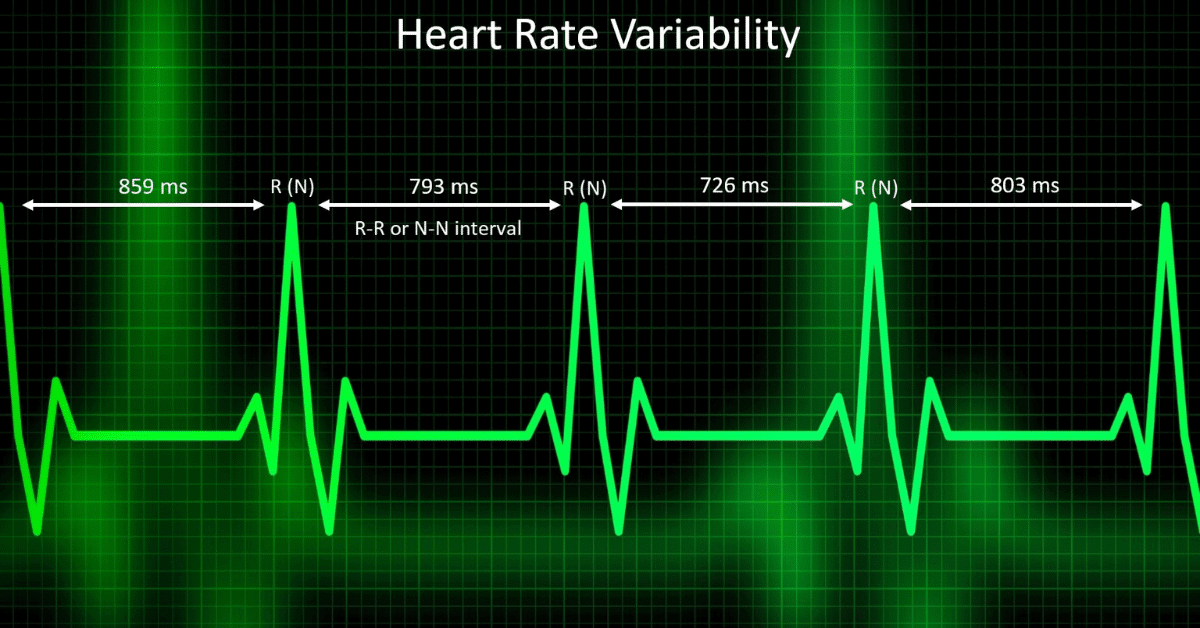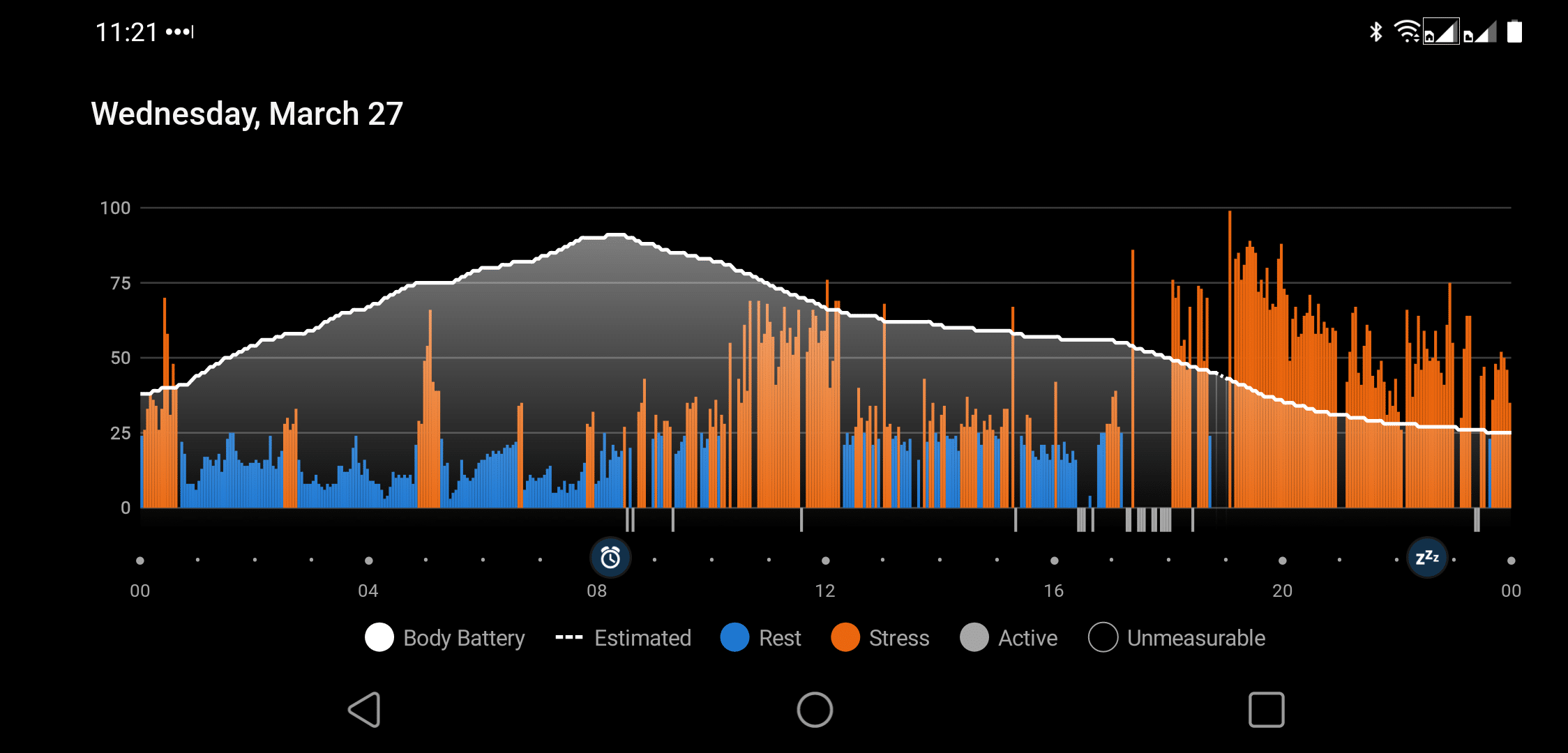Heart Rate Variability (HRV) is a vital indicator of heart health and overall wellness. Enhancing HRV supports cardiovascular strength and impacts mental clarity and emotional stability. This guide explores proven methods and practical strategies to increase your HRV, effectively enriching your health and lifestyle.
How can I effectively improve my heart rate variability?
To effectively improve heart rate variability (HRV), regular aerobic and resistance exercises, a balanced diet rich in omega-3s and antioxidants, consistent quality sleep, and stress reduction techniques like meditation and controlled breathing are recommended. Monitoring progress with HRV tracking tools is also recommended.
Key Strategies to Enhance Heart Rate Variability
- Regular Aerobic Exercise: Engage in cycling, running, or swimming to boost cardiovascular health and HRV.
- Mixed Training Regimen: Combine aerobic with resistance training to challenge and improve heart adaptability.
- Optimized Nutrition: Focus on a balanced diet of omega-3s and antioxidants to support heart function.
- Consistent Quality Sleep: Aim for 7-9 hours per night to allow your heart to recover and maintain high HRV.
- Stress Management Techniques: Implement yoga, meditation, or mindfulness to reduce stress and improve HRV.
- Hydration: Keep well-hydrated to ensure optimal heart and bodily functions, enhancing HRV.
- Monitor HRV Trends: Use a heart rate variability monitor to track changes and adjustments in your routine.
Understanding HRV and Its Importance
What exactly is Heart Rate Variability (HRV)? Simply put, it’s the variation in time between each heartbeat, which might not sound like much, but it’s a gold mine of insights into your autonomic nervous system. This system controls your heart rate, digestion, and respiratory rate, among other things, without you needing to think about it.
A higher HRV indicates a healthier, more responsive cardiovascular system capable of adapting swiftly to stress and relaxation cues.
Measuring HRV involves monitoring the intricate dance between the sympathetic (fight or flight) and parasympathetic (rest and digest) nervous responses. Think of HRV as a meticulous auditor that provides a detailed report on how well your body handles stress and recovers. This measurement can predict future health issues, especially heart and stress levels.
Exercise Strategies to Increase HRV
Boosting your HRV can be as fun as planning your workout routine. Aerobic exercises like brisk walking, cycling, and swimming are fantastic for your heart rate variability, almost like taking your heart to a dance party where the beats are always changing. On the other hand, resistance training strengthens your muscles and your heart’s ability to cope with various stresses.
For optimal HRV, mix it up! Combining different types of workouts keeps your heart guessing and adapting, which is exactly the challenge it needs to grow stronger. Aim for a routine that includes several forms of exercise each week, varying in intensity and type. Remember, consistency is key—not just in performing the exercises but also in evolving them over time.
| Exercise Type | Impact on HRV | Frequency Recommended |
|---|---|---|
| Aerobic (Running, Swimming) | Increases HRV, improves cardiovascular health | 3-5 times a week |
| Resistance Training | Enhances muscular and heart resilience | 2-4 times a week |
| Yoga | Improves HRV, reduces stress | Daily or as needed |
| Meditation and Breathing Exercises | Stabilizes HRV, decreases stress response | Daily |
Nutritional Approaches to Influence HRV
What’s on your plate can directly sway your HRV. Foods rich in omega-3 fatty acids, like salmon and flaxseeds, are champions at enhancing heart rate variability. They’re like the secret sauce to a heart-healthy diet. Also, chowing down on plenty of fruits, vegetables, and whole grains can elevate your HRV, giving your heart the nutrients it needs to thrive.

And hydration? It’s crucial. Think of water as the oil that keeps your body’s engine running smoothly. But here’s the kicker: while moderate alcohol can sometimes contribute to a healthy lifestyle, too much can throw your heart’s rhythm off. It’s like adding too much salt to your favorite dish—the balance is off, and suddenly, it’s not so tasty.
Sleep and Stress Management for Better HRV
Getting a good night’s sleep is like giving your heart a mini-vacation every night. It’s the perfect time for your heart to recover from the day’s stresses. Poor sleep can be like a rowdy neighbor throwing a party when all you want is peace, leaving your heart tired and your HRV low.
Incorporate stress-busting practices into your daily routine to keep stress from bulldozing your HRV. Techniques like yoga, meditation, or even simple breathing exercises can act as your stress relief team, helping maintain a serene environment for your heart. Think of these practices as your heart’s bodyguards against stress.
Advanced HRV Improvement Techniques
Have you ever heard of temperature regulation or biohacking? These are the frontiers in boosting HRV. Cold showers might sound like a dare but can significantly enhance cardiovascular responsiveness. Similarly, heat exposure, through saunas or hot baths, can train your heart to handle different stress levels, increasing your HRV.

Biohacking combines various science, biology, and self-experimentation methods to optimize health. It’s like being a scientist with your own body as the lab. Exploring techniques such as controlled fasting or polyphasic sleep could unlock new levels of heart health, pushing your HRV to its peak performance.
Personal Thoughts
Through my experiences with stress, professionally and personally, improving my HRV has been instrumental. The strategies discussed not only helped stabilize my cardiovascular responses but also provided a measurable impact on my day-to-day stress levels.
This process, rooted in science, allowed me to verify each method’s effectiveness personally. While not a magic solution, increasing my HRV has certainly made a significant difference in how I manage stress and my overall heart health.
Frequently Asked Questions
What are effective ways to improve heart rate variability?
To effectively improve heart rate variability (HRV), incorporate regular cardiovascular and strength training exercises, maintain a heart-healthy diet, and ensure adequate hydration. Managing stress through yoga or mindfulness meditation techniques can also positively impact HRV.
How does sleep affect your heart rate variability?
Quality sleep improves HRV, allowing the autonomic nervous system to balance activity. Poor sleep can lead to decreased HRV, which indicates reduced heart adaptability to stressors. Consistently good sleep helps to enhance HRV by supporting overall autonomic health.
Can diet and hydration levels influence HRV?
Yes, diet and hydration significantly influence HRV. A diet rich in antioxidants and low in processed foods can improve HRV by reducing inflammation and supporting overall heart health. Adequate hydration helps maintain electrolyte balance, crucial for normal heart rhythm and variability.
What unusual factors can affect HRV?
Unusual factors affecting HRV include environmental temperature and altitude changes, exposure to pollutants and allergens, and even variations in geomagnetic activity. These elements can influence the autonomic nervous system and thus indirectly impact HRV.




